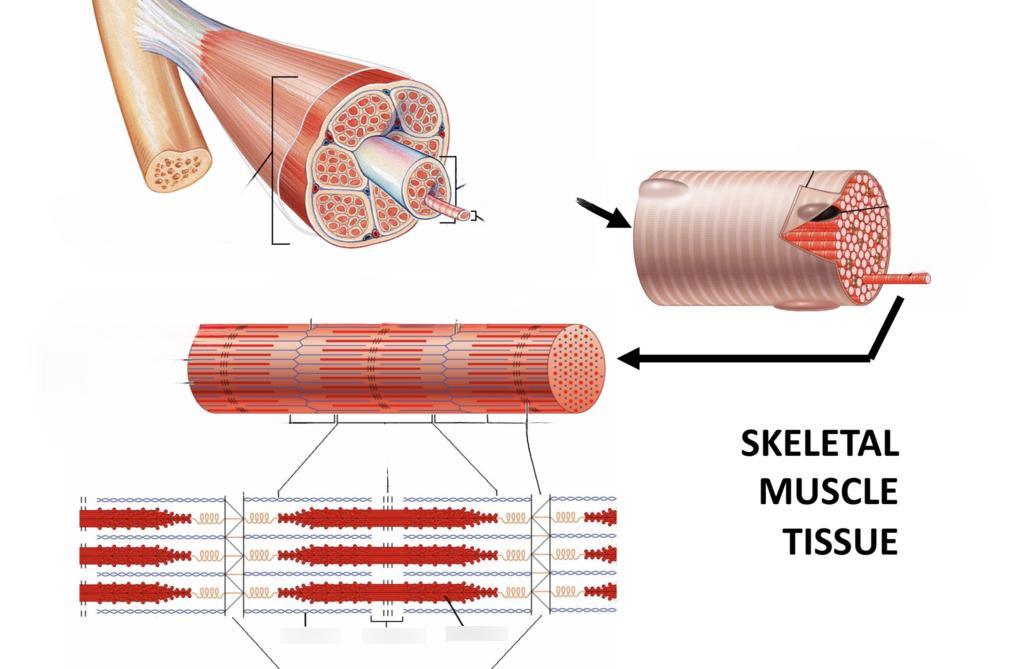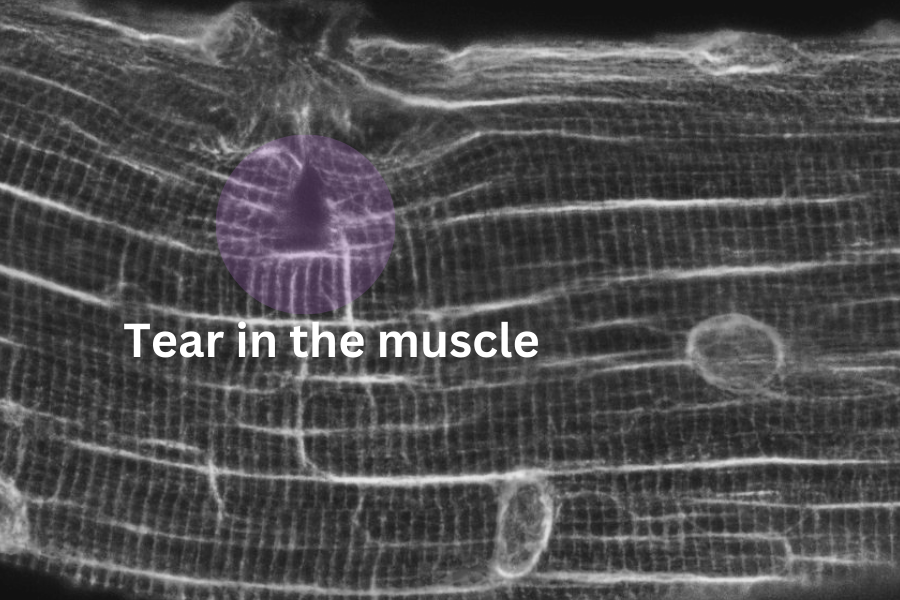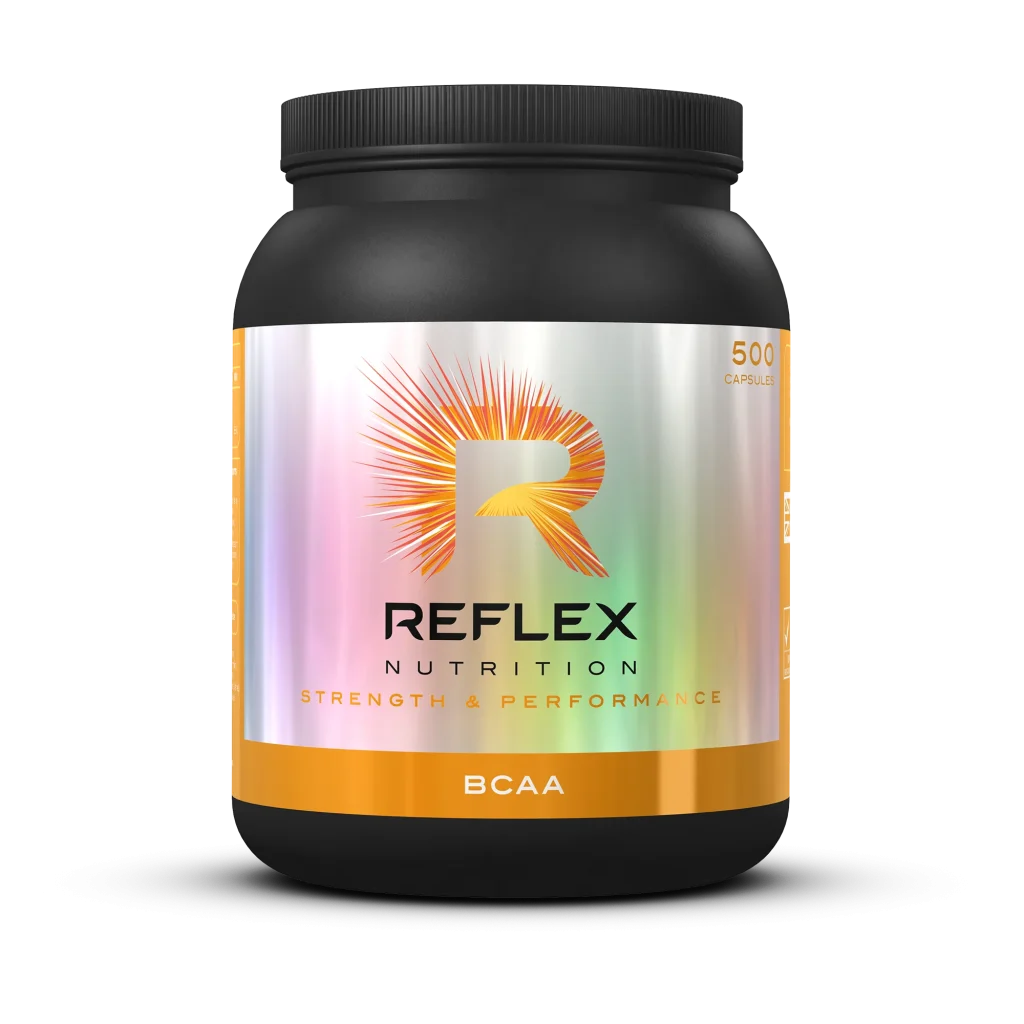Isoleucine: The Essential Amino Acid Fueling Fitness and Boosting Well-Being
Isoleucine is an essential amino acid, which means it cannot be synthesized by the human body and must be obtained through dietary sources. It is one of the three branched-chain amino acids (BCAAs), along with leucine and valine, which are known for their critical roles in muscle growth, energy production, and recovery. Good dietary sources of isoleucine include meat, fish, poultry, eggs, dairy products, soy, legumes, and nuts. Many people also choose to supplement with BCAA products, which contain isoleucine, leucine, and valine in specific ratios to optimize their benefits for muscle growth and recovery. I personaly prefer to drink BCAA only during my hardest workouts, for example when I do my strenght workout Deadlift- Bench Press – Squat – Pull Ups/ Dips as I need to top up my energy between the sets and try to protect my muscles of too much braking – especially my legs.

Isoleucine plays several key functions in the body
Isoleucine, as an essential amino acid, plays several crucial roles in the body, including:
- Protein synthesis: Isoleucine is a building block for proteins, helping to form and maintain muscle tissue and other proteins in the body.
- Muscle metabolism: Isoleucine aids in muscle repair and recovery, providing energy to muscles during physical activity and preventing muscle breakdown.
- Immune system support: Isoleucine is involved in the production of immune cells, contributing to a robust immune response.
- Haemoglobin formation: Isoleucine plays a role in the formation of haemoglobin, the protein in red blood cells responsible for transporting oxygen throughout the body.
- Blood sugar regulation: Isoleucine can help maintain healthy blood sugar levels by promoting glucose uptake and utilization in muscle cells.
- Wound healing: As a component of proteins, isoleucine contributes to the repair and growth of tissues during the healing process.
1. Muscle protein synthesis:
1.1 Amino acid availability: For muscle protein synthesis to occur, there must be a sufficient supply of amino acids, including isoleucine, available in the bloodstream. Consuming protein-rich foods or supplements ensures the presence of these necessary amino acids. As a general rule 110g – 120 g of minimum Protein intake is what I always recomend to our memebers. Of course depending on our members goals some of them aiming for up to 220 g of protein a day.�
�
1.2 Activation of the mTOR pathway: The mechanistic target of the rapamycin (mTOR) pathway is a critical signalling pathway that regulates cell growth and metabolism, including muscle protein synthesis. While leucine is considered the primary activator of the mTOR pathway, isoleucine and valine also contribute to its activation, albeit to a lesser extent. By activating the mTOR pathway, BCAAs promote muscle protein synthesis and muscle growth.
�
1.3 Stimulation of muscle protein synthesis: Isoleucine, along with other BCAAs, directly stimulates muscle protein synthesis by increasing the initiation and elongation of new protein chains within muscle cells. This process involves the assembly of amino acids into polypeptide chains, which are then folded into functional proteins that contribute to muscle structure and function.
�
�
1.4 Reduction of muscle protein breakdown: In addition to promoting muscle protein synthesis, BCAAs, including isoleucine, help reduce muscle protein breakdown, particularly during periods of physical stress or prolonged exercise. By decreasing the rate of muscle protein breakdown, isoleucine indirectly supports muscle growth and maintenance. Less braking more building.

2. Energy production:

Isoleucine, as one of the three branched-chain amino acids (BCAAs), is involved in energy production within the body. It can be broken down and metabolized to provide fuel during periods of increased energy demand, such as during exercise or periods of caloric restriction. Usually we want to avoid braking Isoleucine for energy but sometimes when we drop our calorieis for short period of time that will be the case.The process of isoleucine metabolism for energy production can be summarized in the following steps:
2.1 Deamination:The first step in the breakdown of isoleucine for energy production is deamination, which involves the removal of the amino group from the amino acid. This process results in the formation of a keto acid called α-keto-β-methyl valerate.
2.2 Decarboxylation:The α-keto-β-methyl valerate undergoes decarboxylation, a process in which a carboxyl group (COOH) is removed, resulting in the production of a compound called β-methyl butyryl-CoA.
2.3 Conversion to succinyl-CoA: The β-methyl butyryl-CoA is then converted into succinyl-CoA through a series of enzymatic reactions. Succinyl-CoA is an important intermediate molecule in the citric acid cycle (also known as the Krebs cycle or the tricarboxylic acid cycle), a central metabolic pathway that generates energy in the form of adenosine triphosphate
�
3. Recovery and muscle repair
Isoleucine plays a significant role in recovery and muscle repair following exercise or muscle damage. It supports these processes through several mechanisms:
3.1 Muscle protein synthesis:As previously discussed, isoleucine contributes to muscle protein synthesis, which is crucial for repairing damaged muscle tissue. After exercise, muscle fibers experience micro-tears, and muscle protein synthesis helps repair and rebuild these fibers, making them stronger and more resilient.
3.2 Anti-catabolic effects:Isoleucine, along with other BCAAs, has anti-catabolic properties, meaning it helps to prevent muscle protein breakdown. This is particularly important during periods of intense exercise or caloric restriction when the body is more likely to break down muscle tissue for energy. By reducing muscle protein breakdown, isoleucine supports muscle repair and maintenance.
3.3 Enhanced nutrient delivery: Isoleucine can help improve blood flow to muscles by promoting vasodilation, or the widening of blood vessels. This enhanced blood flow allows for better delivery of nutrients, such as oxygen and glucose, to the muscles, which can speed up the recovery process.

4. Immune system support:

Intense exercise or physical activity can suppress the immune system, increasing the risk of illness and prolonging recovery time. Isoleucine, along with other BCAAs, can help support the immune system by
4.1 Regulation of blood sugar: �Isoleucine plays a role in blood sugar regulation. It can impact glucose homeostasis by influencing glucose uptake, utilization, and production. Here’s an overview of how isoleucine helps regulate blood sugar:
4.2 Gluconeogenesis: When blood sugar levels are low, the body can produce glucose from non-carbohydrate sources through a process called gluconeogenesis. Isoleucine can serve as a substrate for gluconeogenesis in the liver, where it is converted into glucose, which is then released into the bloodstream to help maintain stable blood sugar levels.
4.3 Increased glucose uptake: Isoleucine has been shown to promote glucose uptake in muscle cells. This effect is believed to be mediated by the activation of the AMP-activated protein kinase (AMPK) pathway, which enhances the translocation of glucose transporters (such as GLUT4) to the cell surface. As a result, more glucose is taken up by the muscle cells and utilized for energy, helping to lower blood sugar levels.
4.4 Enhanced insulin sensitivity: Some research suggests that BCAAs, including isoleucine, may have a positive impact on insulin sensitivity. Improved insulin sensitivity means that the body can more effectively respond to insulin, allowing glucose to be taken up by cells and used for energy rather than remaining in the bloodstream
So far we learn that Isoleucine is an essential amino acid crucial for overall health, playing key roles in protein synthesis, muscle repair, immune support, and more. As our bodies cannot produce it, we must obtain isoleucine through dietary sources or supplements to maintain proper functioning and promote well-being. As I already mention I prefer using Reflex Nutrition BCAAto top up my Isoleucine especially when I have heavy workouts or I didnt eat enought protein. Depending on the type of workout I usually prefer to take capsules as I don’t like to drink too much fluids during exercise. And as alwayes you should consult a healthcare professional or a registered dietitian to determine your dosage and the best way for you to top up your�Isoleucine.�
About me

Vladislav Angelov
After more than 15 years as a professional athlete and 10 years in the fitness and health industry, I decided to help as many people as possible to lose weight in a sustainable way, improve their mental and physical health, and adopt a "no-excuses" attitude to their life so they can reach their fullest potential. As a certified personal trainer, I have dedicated my life to guiding individuals on their journey to better health and overall well-being. Throughout my career, I have worked with people from all walks of life, including professional athletes, busy professionals, and stay-at-home parents. My approach is rooted in personalized, science-based training programs and nutrition plans and the cultivation of a No-Excusess mindset to achieve lasting results. By sharing my knowledge and experiences, I strive to inspire and motivate others to embrace a healthier lifestyle and unlock their full potential. As I continue my journey in the fitness and health industry, my mission remains the same: to empower individuals to take control of their lives, overcome obstacles, and achieve their health and fitness goals with confidence and determination. NoExcusess for your health

